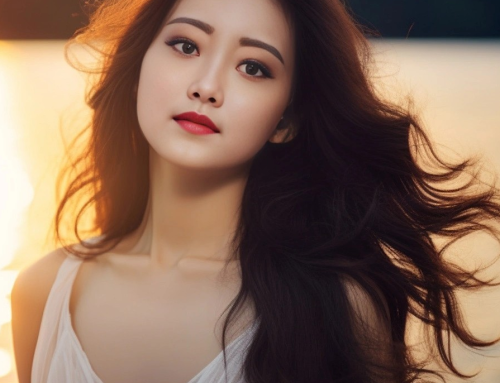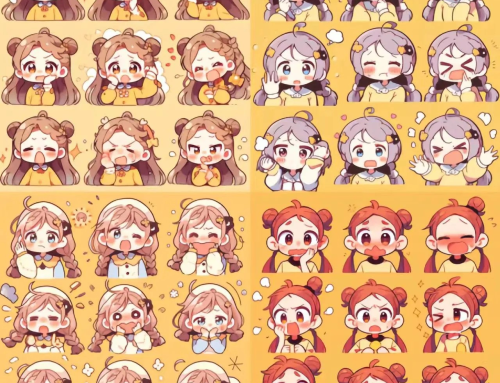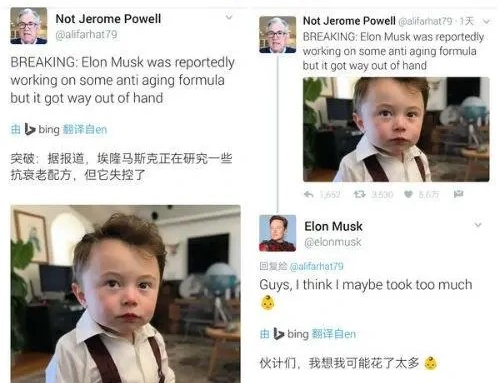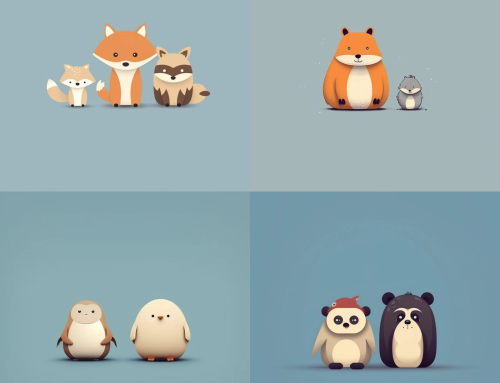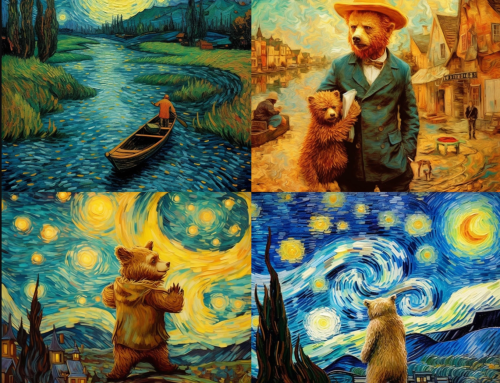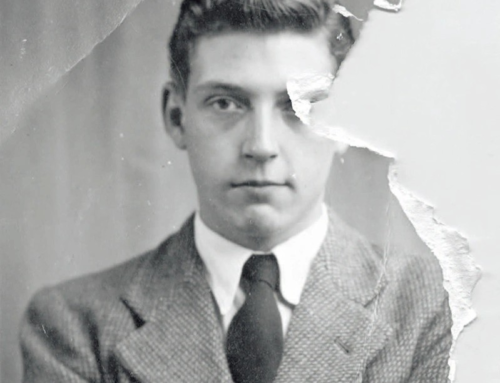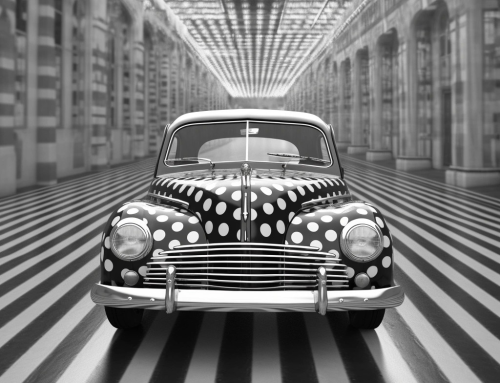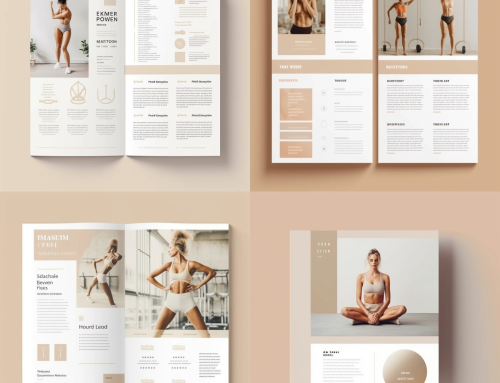The imagination that likes to escape reality is a unique gift of every child. In the process of creation, doodling is one of their most commonly used art forms. However, when we try to materialize children’s doodles from paper, we often encounter some pain points. Children’s doodle works are usually full of fun and originality, but they are difficult to be perfectly materialized. The mixing of colors, the width of lines, and irregular shapes may all be difficult to preserve. This can be frustrating for children who value details.
## First, look at the example
A foreign mother had a brilliant idea and turned her four-year-old son’s doodles into adorable dolls.
It’s so cool to have a mom who understands you, isn’t it?
Can we use the same method to materialize our own children’s doodles like this?
Of course we can. We may not be as skillful as that mother to reproduce children’s doodle paintings so well, but we can use AI painting technology to create effect drawings of doodles turned into dolls, which is also a very interesting idea.
## 1. Digitization of doodles
We know that children’s doodles can be in various places, maybe in books, maybe on walls, and less likely on drawing paper.
If we want to materialize children’s doodles, we need to digitize the doodles first.
What is digital processing? It’s actually a simple process of transferring doodles from paper to digital devices.
The above picture is a masterpiece I drew with all my life’s effort. Doesn’t it look quite shocking?
## 2. Digital materialization
Then we can put the digitized image in SD and use controlnet to control the lines. If our image is a white background with black lines, we need to use the invert preprocessor for color inversion.
Like this, and then we can proceed to the next step.
Choose the realistic model chilloutmix, controlnet can choose doodle or line draft, theoretically any controller that controls lines can be used. The prompt part needs to briefly describe the content in the picture. Then you can generate realistic style dolls! You can also set according to my parameters, choose none for the preprocessor, and choose line draft control for the model. Lowering the control weight a bit will give better results!
This style doesn’t look much like a doll, but rather realistic. Let’s try some different styles.
## Physical dolls
> stuffed bunny, full body, standing, looking at viewer, closed mouth,
A fluffy bunny, although it looks a bit abstract, it must be quite cute when made into a physical doll.
## Figurine
> figma, full body, standing, looking at viewer, closed mouth, 3d, ,
Doesn’t this look weird? Weirdly cute!
## Anime character
> full body, standing, looking at viewer, closed mouth,stuffed bunny, no humans,
Changed to an anime character, could we make a picture book for children? It seems like a good choice too!
In AI painting, the ControlNet plugin is a tool used to control and guide the generated images. It is based on a neural network architecture and can help adjust and manipulate specific attributes and styles of generated images.
Through the ControlNet plugin, artists or designers can have fine control over the generated images, including color, texture, shape, etc. It allows users to specify specific styles or patterns during the generation process and preview the generated results in real-time.
## Download address:
## https://huggingface.co/lllyasviel/ControlNet-v1-1/tree/main
## Summery
Using AI technology to transform children’s doodles into physical objects has some advantages and disadvantages. Advantages include preserving creativity, encouraging children’s artistic expression and creativity development; long-term preservation, allowing children’s works to be appreciated and shared for a long time; boosting confidence, making them feel proud and confident. However, disadvantages include losing original characteristics, the transformed physical objects may lose some of the original personality and uniqueness; limiting the creative process, children may be restricted by technology and unable to fully express their creativity; dependence on technology, which may lead to children’s over-reliance on technology, reducing opportunities for handmade art creation and expression. When using this technology, it is necessary to weigh the pros and cons to ensure a positive impact on children’s artistic development and creativity.











